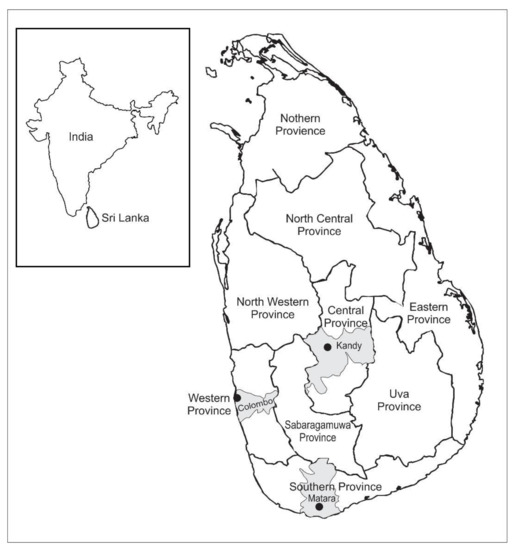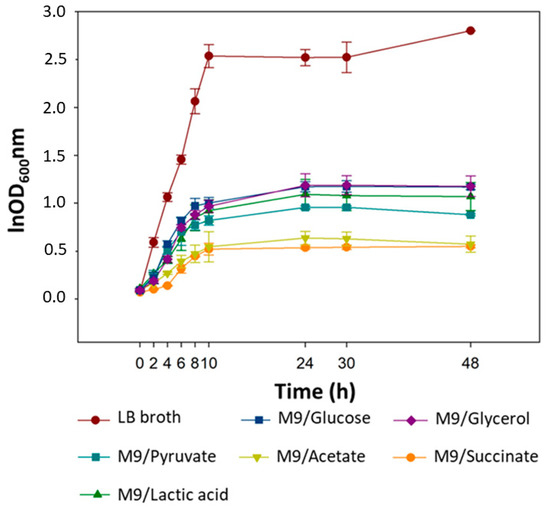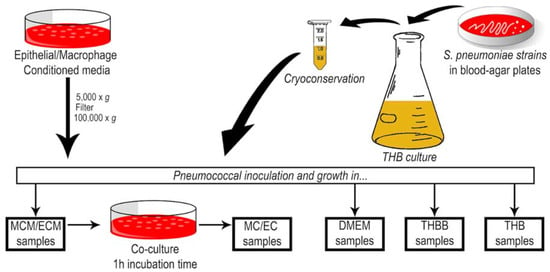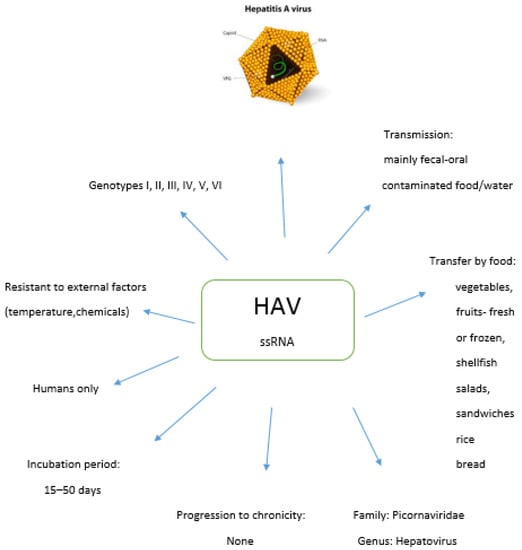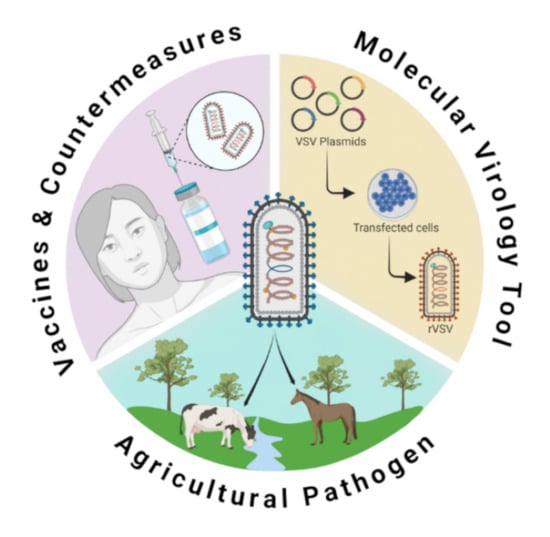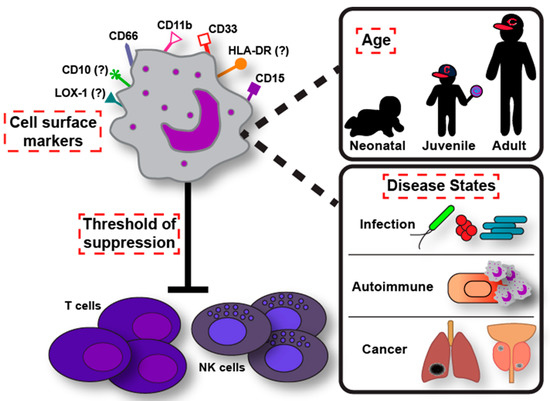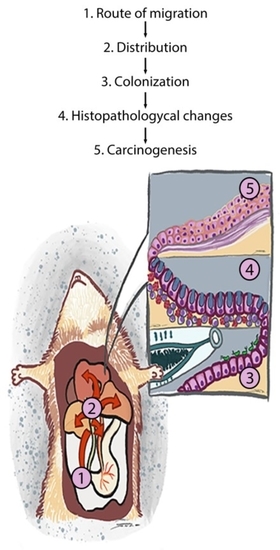Pathogens 2021, 10(9), 1102; https://doi.org/10.3390/pathogens10091102 - 29 Aug 2021
Cited by 1 | Viewed by 3660
Abstract
The aim of the study was to identify canine parvovirus type 2 (CPV-2) subtypes circulating among a selected population of domestic dogs and cats in Sri Lanka and to investigate the evolutionary patterns among Sri Lankan viruses in the context of contemporary global
[...] Read more.
The aim of the study was to identify canine parvovirus type 2 (CPV-2) subtypes circulating among a selected population of domestic dogs and cats in Sri Lanka and to investigate the evolutionary patterns among Sri Lankan viruses in the context of contemporary global CPV-2 sequences. Altogether, 40/61 (65.6%) samples tested were positive for CPV-2 DNA, including 31/48 (64.6%) dogs and 9/13 (69%) cats. All three subtypes (CPV-2a, CPV-2b and CPV-2c) were detected, with CPV-2a being most common. International median joining haplotype network of 291 CPV-2 sequences suggested that there was little barrier for CPV-2 moving between different geographical regions worldwide, including Sri Lanka, and that there was no correlation between the genetic structure within the molecular network and the decade of sample collection. By contrast, there was correlation between CPV-2 subtype and genetic structure, both within the international network and within the network built from 31 Sri Lankan CPV-2 sequences only. The structure within the latter was not correlated with the location of the veterinary clinic where the samples were submitted, the age or species of the host. Altogether, we have shown that there is considerable variability of CPV-2 genotypes circulating in Sri Lanka, which is likely driven by both local evolution and introduction from other countries. The similarity of CPV-2 obtained from cats and dogs suggests that cats may play a role in the epidemiology of CPV-2 in Sri Lanka.
Full article
(This article belongs to the Special Issue Epidemiology, Surveillance and Control of Infectious Diseases)
►
Show Figures
